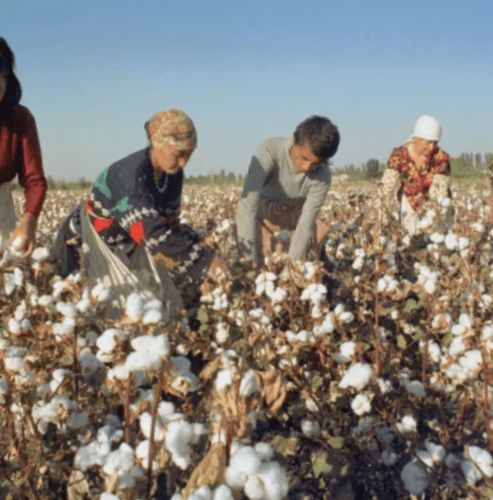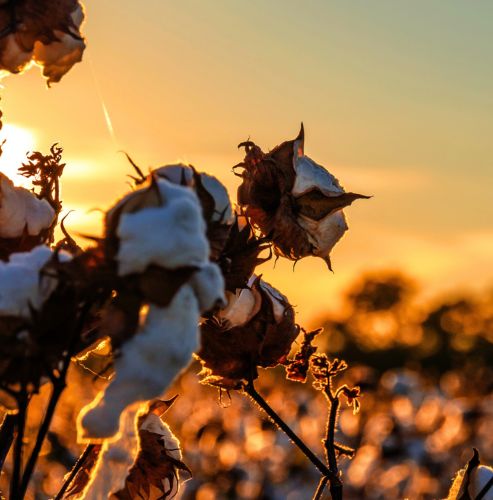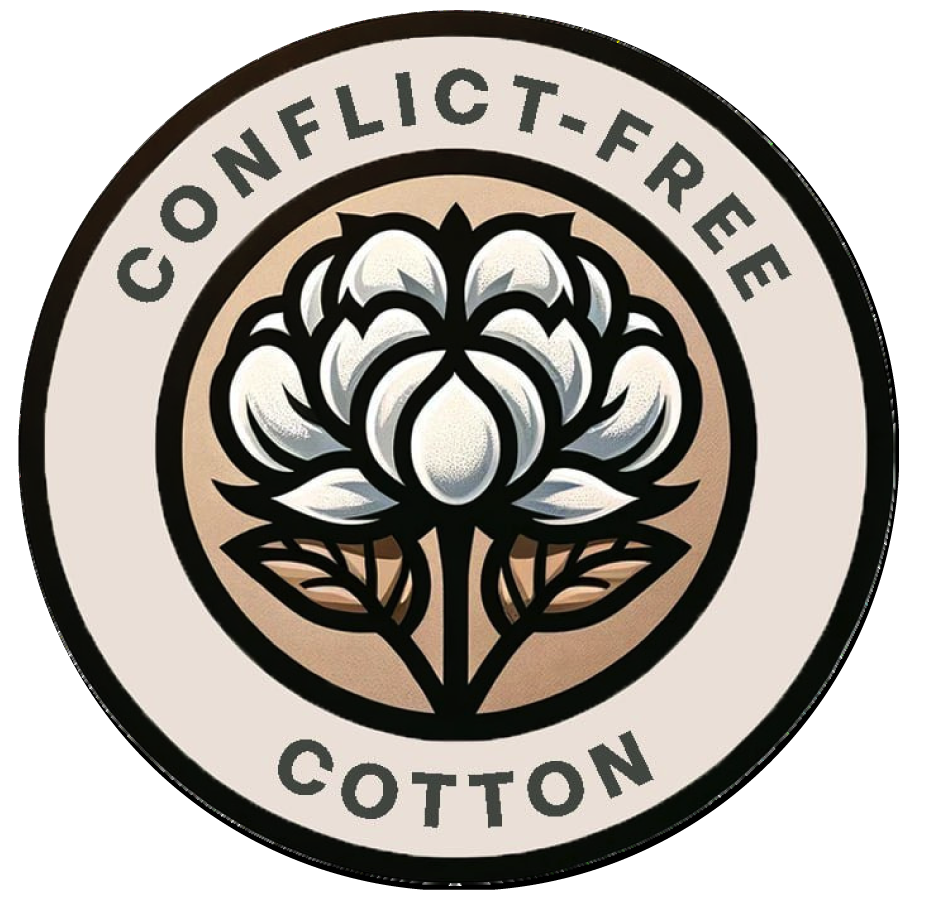The Twisted Threads of Conflict-Free Cotton
Unraveling Injustice:
The Hidden Child and Forced Labor in Cotton Production
In the global cotton industry, a key pillar of agriculture and textile production, severe human rights violations cast long shadows. Despite its ubiquity in fabric and clothing production, the journey of cotton from fields to factories is often tainted by ethical issues.
In 19 countries, the rich tapestry of rural life is darkened by the exploitation of its youngest residents, where the innocence of childhood is overshadowed by the harsh realities of child labor in cotton fields. A staggering 99% of the world’s cotton farmers reside in developing countries, with a significant portion in India and China—nations grappling with the complexities of massive agricultural sectors and widespread poverty. An estimated 300 million people are employed in the cotton industry, marking it as one of the world's most significant agricultural employments.
Forced labor and the employment of children in the cotton sector are alarmingly common and often overlooked. Driven by rural poverty, children—some as young as five years old—are compelled to work long hours in the fields and ginning factories, where raw cotton is processed. Here, they earn little or no compensation, a clear violation of their rights, and a theft of their childhood.
Why is conflict-free Cotton needed?

These unethical practices are often rooted in the economic desperation that plagues cotton-producing regions, where workers, including children, are forced into labor under harsh conditions for minimal pay. These human rights issues not only strip individuals of their dignity and safety but also impede children's access to education, perpetuating cycles of poverty.
More distressing is the role of some governments in perpetuating these abuses. In certain countries, authorities mandate child labor, forcibly removing children from their educational environments to toil in the fields during peak harvest seasons. This practice not only disrupts their education but also jeopardizes their health and future potential, as they labor under conditions that prioritize crop yields over human welfare.
The Hidden Injustice: Confronting The Ethical Crisis in Cotton Production

Against this grim backdrop, the call for accountability within the cotton industry has intensified. A chorus of voices—from frontline activists to conscious consumers—demands transparency and ethical assurances that cotton production honors the human rights of every worker.
Brands that command global influence are now reckoning with a critical imperative: to trace and verify the ethical credentials of their cotton sources, to cleanse their supply chains of exploitation, and to align their products with the values of a society that no longer turns a blind eye to the cost of comfort and style.
What is Conflict-Free Cotton?
Conflict-Free Cotton is defined by its harvest process, which is meticulously free from the stains of forced labor and the shackles of child labor. It represents a significant stride toward rectifying long-standing issues within the textile supply chain, reinforced by advanced digital verification of machine-harvested Cotton to ensure transparency and accountability at every stage.
The urgency for this ethical approach comes from the alarming statistics reported by the International Labour Organization: over 152 million children are entangled in child labor, many within cotton farming, and an additional 25 million adults are subjected to forced labor, marking the industry as a critical area for reform.
Being 'conflict-free' means that from sowing to selling, the cotton production process is devoid of exploitation, respecting the rights and well-being of all workers. This initiative is not just about the Cotton—it's about what it represents: a promise to uphold human dignity and foster social justice throughout the textile industry.
When you choose conflict-free Cotton, you support a supply chain that values every person it touches, ensuring that our everyday fabric reflects a commitment to ethical integrity and global respect.




